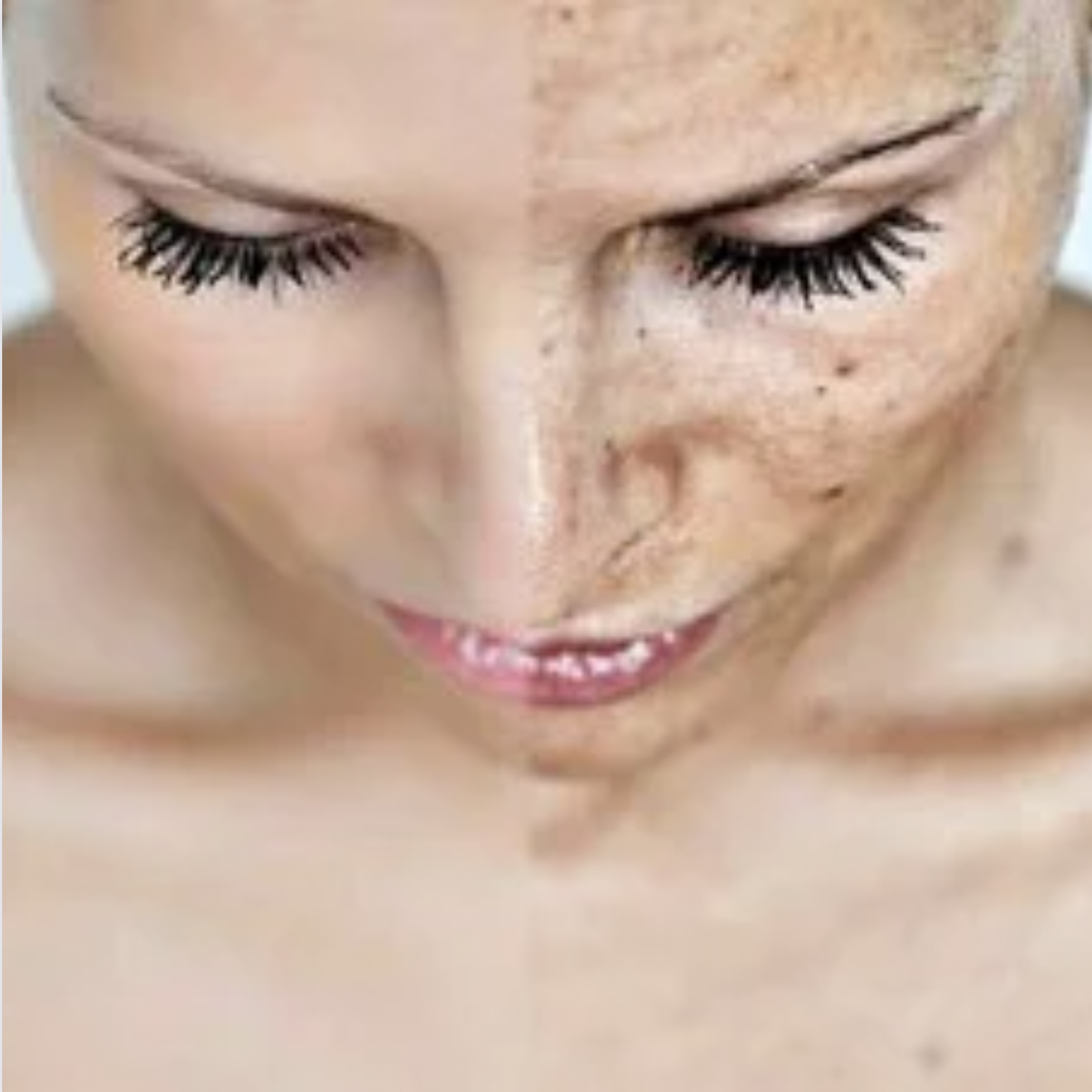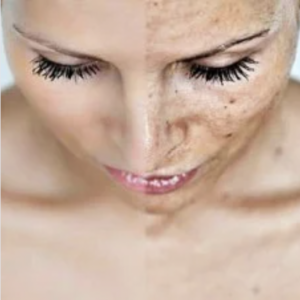
SKIN AWARENESS SEPTEMBER

For Skin Awareness September, we are going to be highlighting post summer skin concerns. Such as, changes in moles to the importance of SPF even in winter.
So let’s talk about moles.

Moles are usually a very normal and common type of raised brown or dark skin growth that appears during childhood and adolescence. Usually, we have at least 10-40 moles, and they will gradually change over our lifetime, often becoming less apparent or fading over time. Generally they are harmless; however, they have a very high risk of becoming cancerous with sun exposure and change to their DNA. Moles can develop into skin cancer, particularly malignant melanoma, so although common and harmless, they can become cancerous.
The problem is that moles come in lots of different colours, sizes and shapes and we have to learn to distinguish between the ordinary. However you may not be able to do this, and therefore you should get your moles checked. Here at Persona we can do this and also remove them for you.
What happens in the summer?
Moles will often become inflamed during the summer months because of sun damage. Therefore we see a lot more patients with moles during the summer when people get alarmed that the mole is growing bigger, becoming more tender or changing colour. Do not take any risks, get your moles checked. If you think your mole looks strange after spending time in the sun, you should get your skin checked. Look out for changes in the mole that may indicate a melanoma.
What does a mole look like?
A common mole can be brown, black, tan-coloured, red, blue or pink, or almost without colour. They can have hair growing from them, be flat or slightly raised, and they can be smooth or wrinkled. Most moles are round, although they can also have a slightly oval shape. If they have any other shape you should be suspicious. Usually, moles are tiny. They can be up to 5 or 6 mm in diameter, but most of them are very small and we will have 10 or 40 of them. Moles develop gradually from childhood and adolescence through your adult life, and they often change and fade away. Generally they are darker during adolescence and pregnancy.
Where are the common places for moles?
Common places for moles are; on your face, neck, in your scalp within your hair, on your trunk, around your ankles and on your fingers and toes.
How to keep a check?
Dermatologists use what they call the ABCDE guide:
A: Asymmetrical shape.
B: Border – irregular, scalloped border.
C: Colour – the mole is changing colour, has many colours or uneven colour.
D: Diameter – the mole is growing.
E: Evolving – the mole is changing. This change can be with respect to size, colour, height, shape or it could start to itch or bleed.
